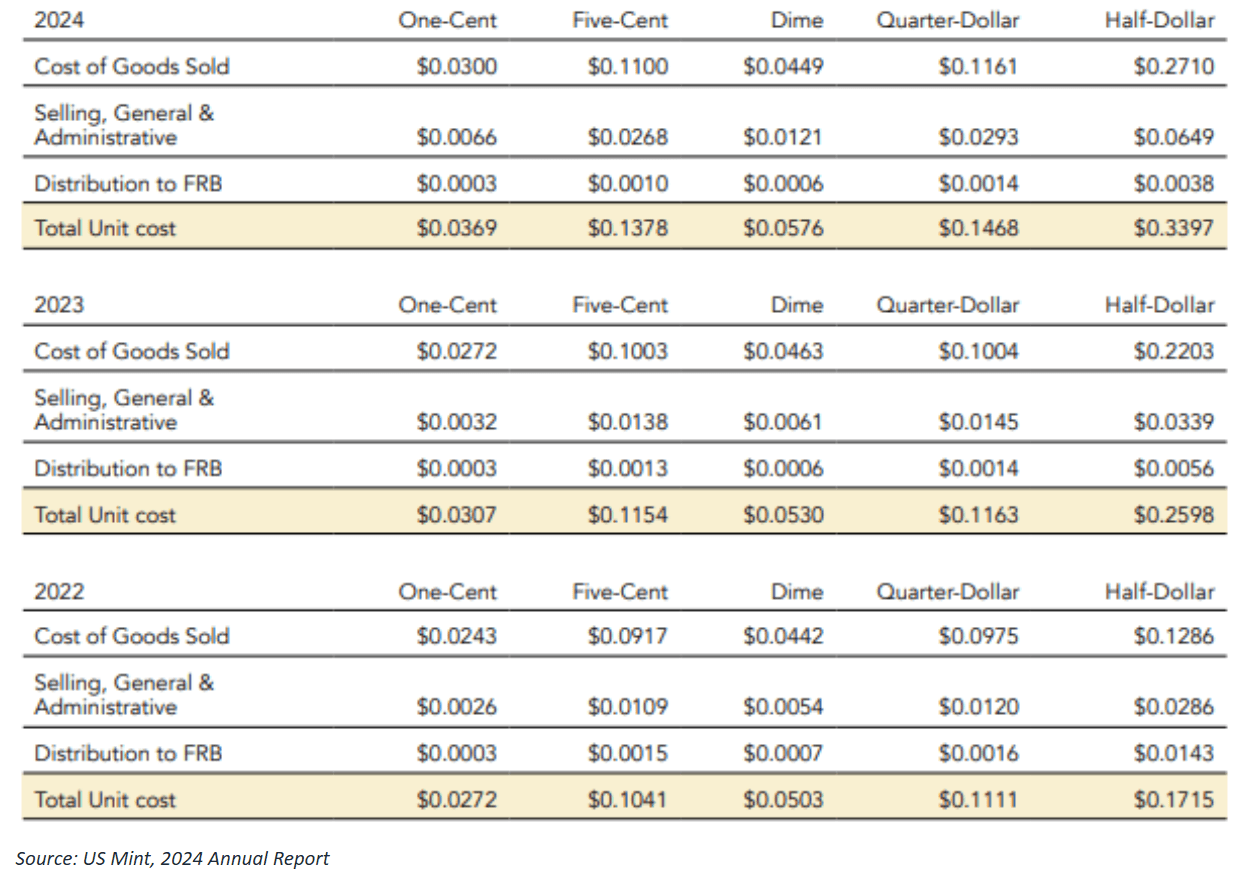Week in Review…
Major market indices closed the week on a positive note, driven by robust data on the economic front, as the economy remains resilient despite trade and policy uncertainty.
- The S&P 500 rose +1.47%.
- The Dow Jones Industrial Average inched higher by +0.55%.
- The tech-heavy Nasdaq rose +2.90%.
- The 10-Year Treasury yield closed at 4.48%.
Last week’s economic reports painted a concerning picture of sticky inflation and weakening demand, though the labor market remained a point of strength.
Inflation worries intensified following Wednesday’s Consumer Price Index (CPI) release, where both headline and core figures exceeded expectations. Core CPI’s 0.4% month-over-month increase was the highest since April 2023, while headline CPI rose 0.5%, the largest jump since October 2023. Thursday’s Producer Price Index (PPI) report offered little relief, with core PPI meeting expectations at 0.3% and headline PPI slightly exceeding them at 0.4%. These data points suggest that taming inflation to the Fed’s 2% target may be a longer and more arduous journey than previously anticipated. Consequently, the market has nearly eliminated the possibility of a March 2025 rate cut, with the probability of a 25 bps reduction falling to a mere 2.5% as of Friday.
Demand-side concerns arose with Friday’s disappointing retail sales data. Core retail sales contracted by 0.4% month-over-month, significantly missing the expected 0.3% increase. This decline has raised concerns about Q1 gross domestic product (GDP) growth, with some analysts suggesting it could fall short of 2%, while some attribute the weak numbers to the post-holiday season and winter weather. Either way, the market will be closely watching future retail sales data for further signs of weakening consumer spending. Adding to demand concerns, crude oil inventories underperformed for the seventh consecutive week. While high spot oil prices may be masking the underlying weakness in demand for now, lower prices will likely force a reassessment of this trend.
Despite these concerns, the labor market continues to show resilience. Both continuing and initial jobless claims were lower than expected, with continuing claims beating estimates in five of the last seven weeks and initial claims in four of the last seven. Additionally, January’s industrial production in the manufacturing sector outperformed expectations, providing a bright spot. Finally, business and retail (ex-auto) inventories shrank more than anticipated, further confirming the strength seen in December’s data.
Spotlight

Pennies Out, Prices Up:
The Market Ripple Effect
It’s evident that pennies cost more to produce than their actual value. In 2024, the U.S. Mint spent approximately 3.69 cents to manufacture each penny, resulting in costs exceeding their face value for the 19th consecutive fiscal year. Furthermore, the latest U.S. Mint report indicates that nickels might also be at risk, as each 5-cent piece costs around 13.78 cents to make. However, halting the production of new pennies is anticipated to have significant implications for the stock market and the broader economy.
The outcome from the elimination of the penny will necessitate rounding prices to the nearest five cents for cash transactions. For example, a $6.99 item might be re-priced at $7.00. While this may seem minor, the cumulative effect of such rounding could lead to an overall increase in the cost of goods, thus leading to a slight inflationary effect. However, digital bills and credit card transactions will be charged as normal, without any rounding adjustments.
Unit Cost of Producing and Distributing Coins
(click image to expand)
This inflationary pressure can impact consumer spending habits. As prices rise, consumers may become more cautious with their spending, particularly on small, everyday purchases. This shift in consumer behavior can affect the revenue of businesses that rely heavily on high volumes of small transactions, such as fast food chains and convenience stores. A decrease in consumer spending can lead to lower sales and, consequently, impact the stock prices of these companies.
Moreover, the broader market could experience indirect effects from this change. Investors may overreact or underreact to the anticipated changes in consumer behavior and business revenue projections, leading them to exit or enter positions that may fall outside of their typical investment style. Companies expected to be negatively impacted by the rounding up of prices may see a decline in their stock prices as investors adjust their expectations. Conversely, businesses that can adapt quickly and efficiently to the new pricing structure may gain investor confidence, potentially leading to an increase in their stock prices.
Additionally, this move is expected to support the shift towards electronic payments, benefiting large conglomerates such as Visa, Mastercard, and other real-time payment networks. As consumers and businesses transition to electronic transactions, these companies could see increased usage and revenue. According to the Federal Reserve, since the pandemic, consumers have shifted towards greater card usage, with predictions for this trend to continue increasing in the future.
Type of Payment Instrument Used Throughout the Years
(click image to expand)
Overall, the end of the penny is more than just a minor adjustment; it has significant implications for the stock market. The slight inflationary effect from rounding prices can influence consumer spending, affect business revenues, and ultimately impact market dynamics. Investors will need to closely monitor these changes and adjust their strategies accordingly to navigate the evolving economic landscape.
Week Ahead…

Next week brings a flurry of economic data releases, offering crucial insights into the health of the housing market, the Federal Reserve’s thinking, and overall economic activity. From key housing reports to Fed speeches and sentiment surveys, economists will be watching closely for clues about future economic direction.
Next week offers key insights into the housing market, with January Building Permits and Housing Starts data released Wednesday, and Existing Home Sales on Friday. While the former predicts future housing activity, the latter signals current market strength and consumer health, crucial for economic growth.
The Fed will also be in focus. Three Federal Open Market Committee (FOMC) members will speak throughout the week, potentially hinting at future policy. With a March rate hold widely expected, attention will likely center on potential Q2 or Q3 rate cuts. Markets will analyze these appearances, along with Thursday’s FOMC meeting minutes, to glean insights into the Fed’s thinking and anticipate future moves.
Beyond housing and the Fed, Manufacturing and Services Purchasing Managers’ Index (PMI) data will offer a snapshot of sector health, with the Services PMI particularly important given its influence on GDP. Finally, Friday’s University of Michigan reports on inflation expectations, consumer expectations, and consumer sentiment will provide valuable data on consumer behavior and potential economic trends.
This content was developed by Cambridge from sources believed to be reliable. This content is provided for informational purposes only and should not be construed or acted upon as individualized investment advice. It should not be considered a recommendation or solicitation. Information is subject to change. Any forward-looking statements are based on assumptions, may not materialize, and are subject to revision without notice. The information in this material is not intended as tax or legal advice.
Investing involves risk. Depending on the different types of investments there may be varying degrees of risk. Socially responsible investing does not guarantee any amount of success. Clients and prospective clients should be prepared to bear investment loss including loss of original principal. Indices mentioned are unmanaged and cannot be invested into directly. Past performance is not a guarantee of future results.
The Dow Jones Industrial Average (DJIA) is a price-weighted index composed of 30 widely traded blue-chip U.S. common stocks. The S&P 500 is a market-cap weighted index composed of the common stocks of 500 leading companies in leading industries of the U.S. economy. The NASDAQ Composite Index is a market-value weighted index of all common stocks listed on the NASDAQ stock exchange.
Securities offered through Cambridge Investment Research, Inc., a broker-dealer, member FINRA/SIPC, and investment advisory services offered through Cambridge Investment Research Advisors, Inc., a Registered Investment Adviser. Both are wholly-owned subsidiaries of Cambridge Investment Group, Inc. V.CIR.0225-0636



